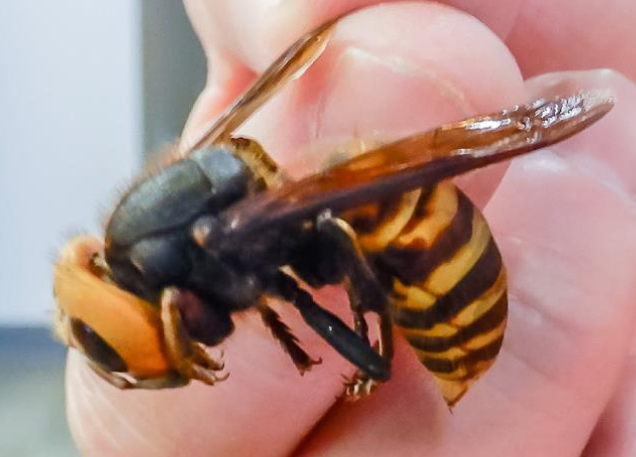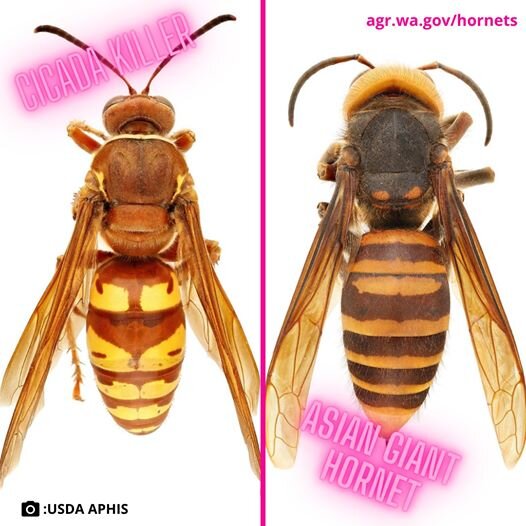ODA issues emergency quarantine on aquatic nursery stock with intent of stopping zebra mussels from establishing in Oregon
/From April 19, 2021 Oregon Department of Agriculture News Release:
The Oregon Department of Agriculture (ODA) filed an emergency rule prohibiting the import of Marimo or moss balls infested with invasive zebra mussels. According to the rule, moss balls may only be imported to Oregon if accompanied by a quarantine compliance certificate stating the commodity was inspected and found free of zebra mussels, issued within seven (7) days of shipment. Moss balls without proof of inspection within the seven (7) days will be destroyed.








